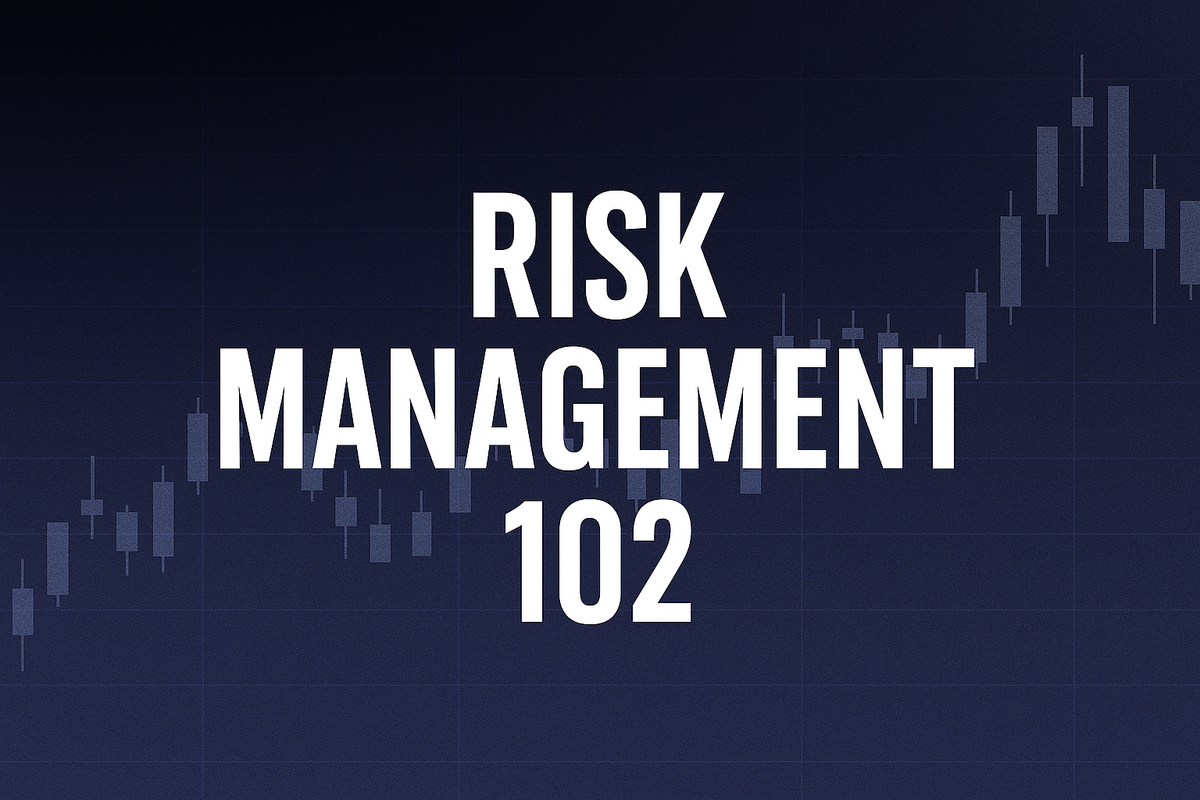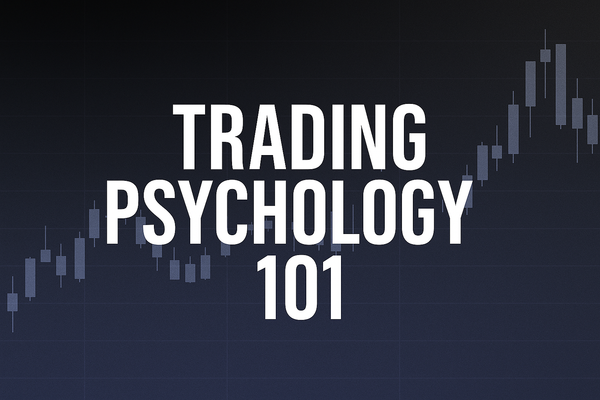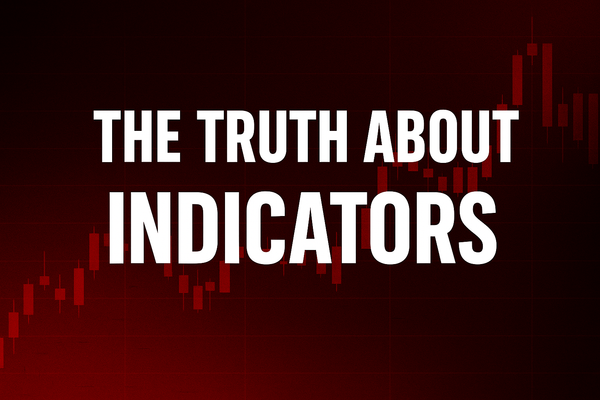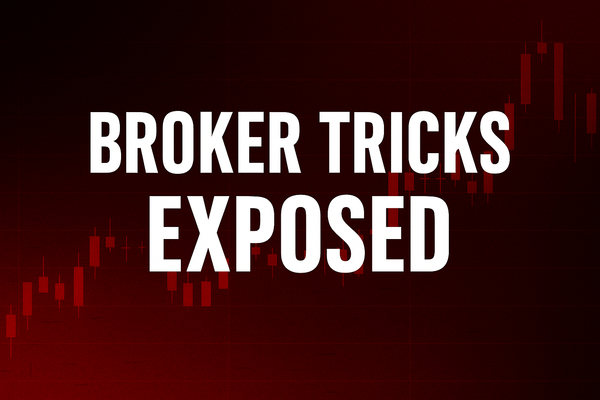Risk Management 102: How to Protect Your Capital Like a Pro

Most traders jump into the markets dreaming of fast profits. They focus on strategies, indicators, or signals… but almost no one pays attention to risk management.
Risk management looks “boring”. But it is trading. If you don’t manage risk, you’re not trading you’re gambling.
If trading is not boring is because you are doing it wrong.
In this article, we’ll go deep:
- What is a pip, a point, and a lot (and why so many traders confuse them).
- How to calculate your position size step by step.
- Why leverage is a double-edged sword.
- How to apply formulas in real examples.
- The psychology behind risk and why consistency beats greed.
Whether you’re trading CFDs, or even Futures, the principles are the same. Let’s build the foundation.
1. What is a Pip, a Point and a Pipette?
Before even touching formulas, you must know what you’re calculating.
Pip (Percentage in Point):
- In most Forex pairs, a pip is the 4th decimal place.
- Example: EURUSD moves from 1.1000 → 1.1001, that’s 1 pip.
Point:
- Many brokers use “points” to mean the smallest price movement their platform shows.
- In MetaTrader, 1 point = 1 digit of the quote.
Pipette (fractional pip) = Point:
- Many brokers quote with 5 decimals instead of 4.
- Example: EURUSD 1.10001 → 1.10002 is 1 point (pipette).
- In this case, 10 points (pipettes) = 1 pip.
Rule of thumb:
- On a 5-digit broker → 1 pip = 10 points.
- On a 3-digit JPY pair broker → 1 pip = 100 points.
That’s why formulas online confuse beginners: some talk about points, some about pips. You must always adapt it to your broker’s digit system.
2. Lots, Contracts, and Tick Value
Next question: “If I risk 50 pips, how much money is that?”
That depends on your lot size:
- 1 standard lot = 100,000 units of base currency.
- 1 mini lot = 0.10 lot = 10,000 units.
- 1 micro lot = 0.01 lot = 1,000 units.
Now the value of 1 pip changes depending on the pair:
Example on EURUSD (with USD as quote currency):
- 1 pip = $10 per standard lot.
- 1 pip = $1 per mini lot.
- 1 pip = $0.10 per micro lot.
Example on USDJPY:
- 1 pip = 0.0001 × 100,000 ÷ USDJPY price.
- If USDJPY = 145.00, pip value ≈ $6.90 per lot.
That’s why you must always calculate pip value per pair it’s not always $10.
In Futures, it’s simpler: contracts have a fixed tick value.
- Example: E-mini S&P500 (ES) → 1 tick = 0.25 points = $12.50.
(We will covert more of the futures market later on this blog).
3. The Risk Per Trade Formula
Now we can bring in the formula.
$$LotSize = \frac{AccountBalance \times Risk\%}{StopLoss(pips) \times PipValuePerLot}$$
Let’s apply step by step:
- Account Balance = $1,000
- Risk = 2%
- Stop Loss = 50 pips
- Pip value per lot (EURUSD) = $10
Formula:
$$LotSize = \frac{1000 \times 2\%}{50(pips) \times 10}$$
$$LotSize = \frac{20}{50 \times 10}$$
$$LotSize = 0.04 $$
This is the position sizing formula.
It ensures every trade risks the same % of your account, no matter the stop loss.
4. Risk Reward Ratio (R:R)
Winning trades don’t guarantee profits if your losses are bigger than your wins.
Professional traders always think in terms of risk to reward ratio.
- Minimum acceptable: 1:2 (risk $1 to make $2).
- That way, even with a 40% win rate, you’re profitable:
- 4 wins × $200 = $800
- 6 losses × $100 = -$600
- Net profit = +$200
Without R:R discipline, you can have a 70% win rate and still lose money.
5. Daily & Weekly Risk Limits
Risk management isn’t just per trade it’s also about protecting yourself over time.
Set rules like:
- Max 3% account loss per day → stop trading if hit.
- Max 8% account loss per week → take a break.
Why? Because after consecutive losses, emotions take over. That’s when revenge trading and account blow-ups happen.
Discipline is knowing also when to stop.
6. Correlation & Overexposure
Many traders think they’re diversifying but they’re not.
Example:
- You buy EURUSD, GBPUSD, and AUDUSD.
- If the dollar strengthens, all three trades lose.
Result: You just tripled your exposure to USD.
Rule of thumb:
- Avoid trading multiple pairs that move in the same direction.
- Limit total risk exposure across correlated assets.
7. The Psychology of Risk Management
Risk management isn’t just numbers it’s mindset.
Many beginners sabotage themselves because they:
- Move stop losses further away to “give the trade room.”
- Add more size after a loss to “make it back.”
- Skip stop losses altogether out of fear of being wrong.
Adopt this mindset:
- Trading is not about winning every trade.
- Trading is about surviving losing trades.
- Capital preservation = opportunity preservation.
Risk management only works if you respect it.
8. Advanced Risk Management Tools
As you progress, you can refine risk management with:
- ATR-based dynamic stops (adjust to volatility).
- Scaling in/out (partial entries and exits).
- Portfolio risk limits (never risk more than 8% across all open trades).
But none of this matters unless you master the basics first: fixed % risk per trade and consistent stop losses.
Conclusion
Forget the hype about perfect strategies or secret indicators. Risk management is the true holy grail of trading.
Most traders fail not because they can’t find good entries, but because they can’t survive bad ones.
If you:
- Risk only 1–2% per trade,
- Use proper stop losses,
- Respect risk-to-reward,
- Set daily/weekly loss limits,
- And think long-term…
…you’ll already be ahead of the 90% who blow up.
Protect your capital first. Profits will follow.




